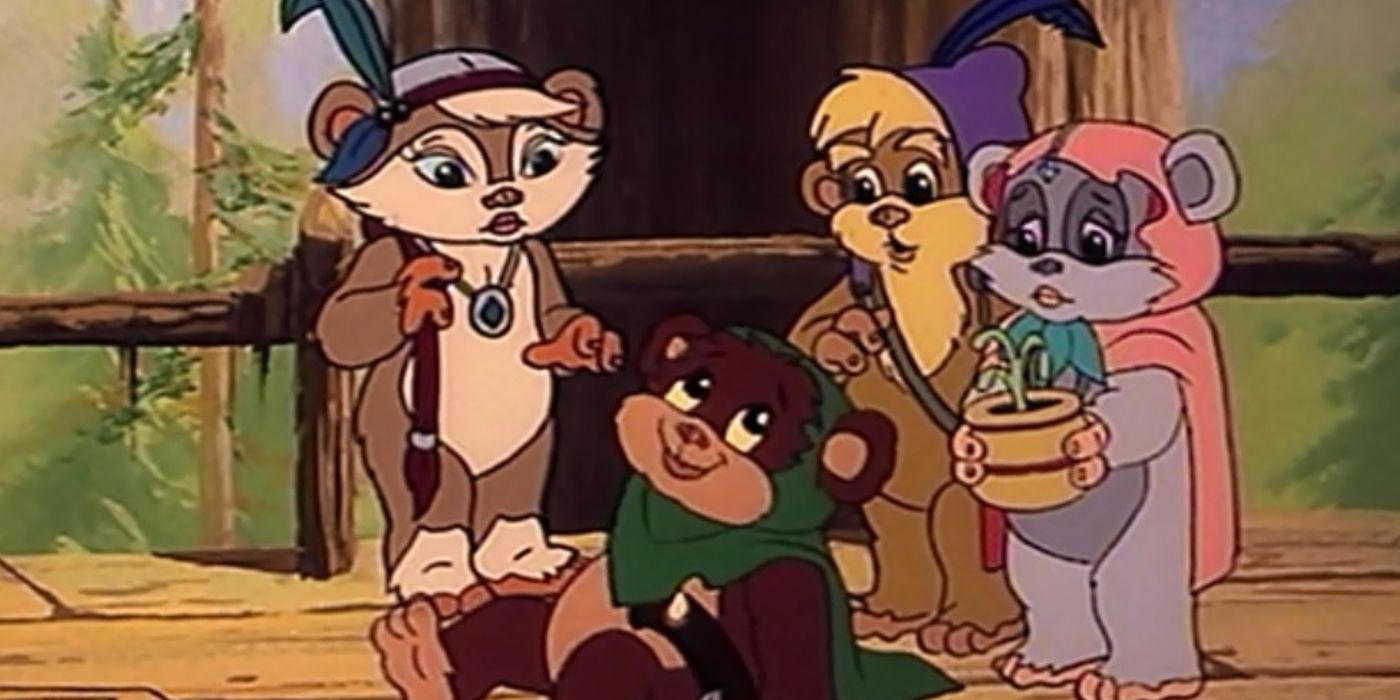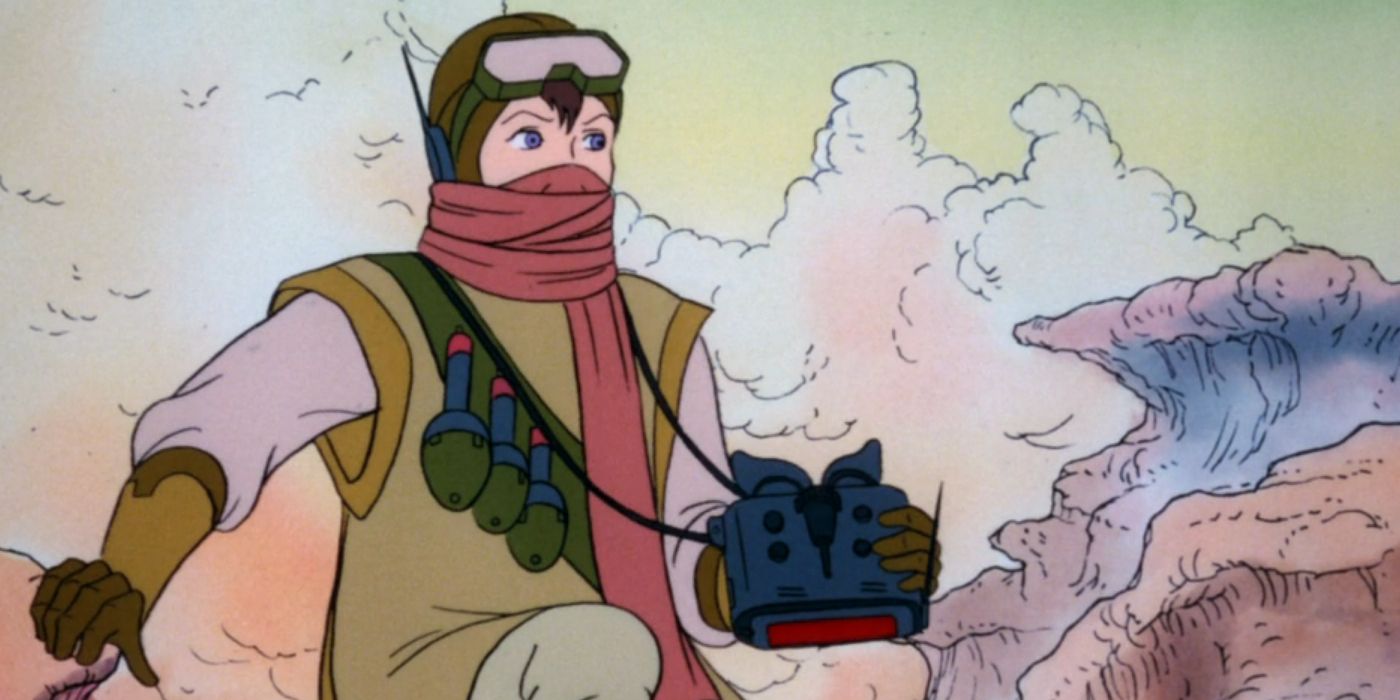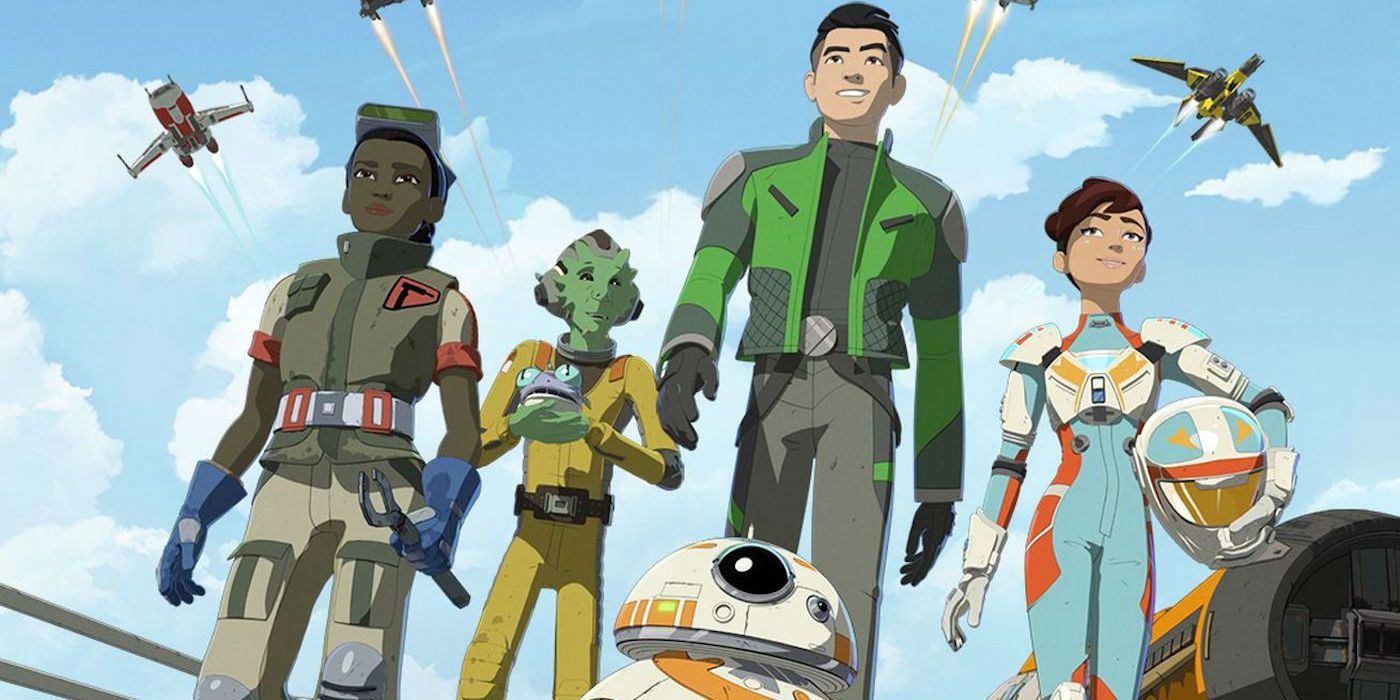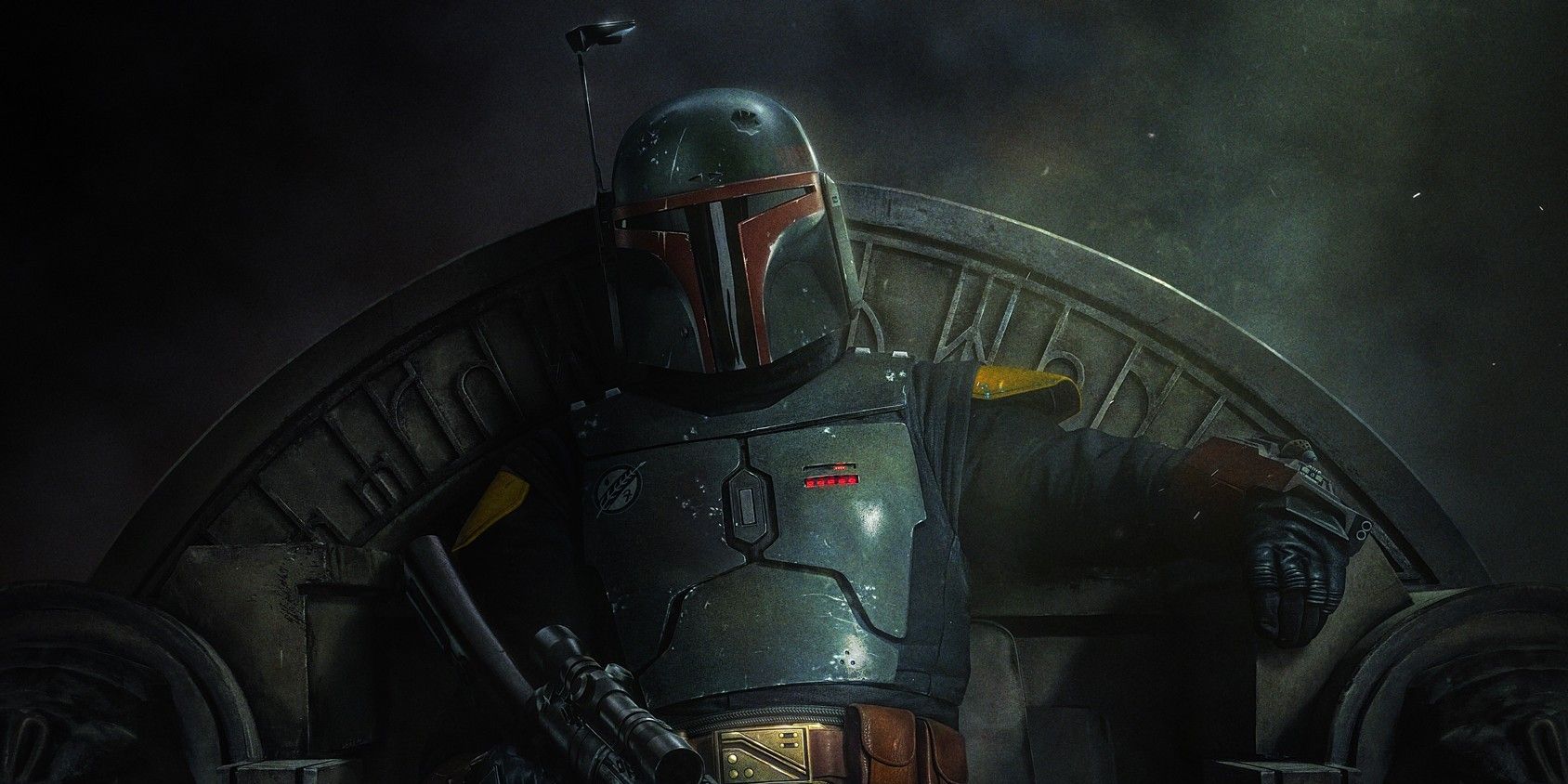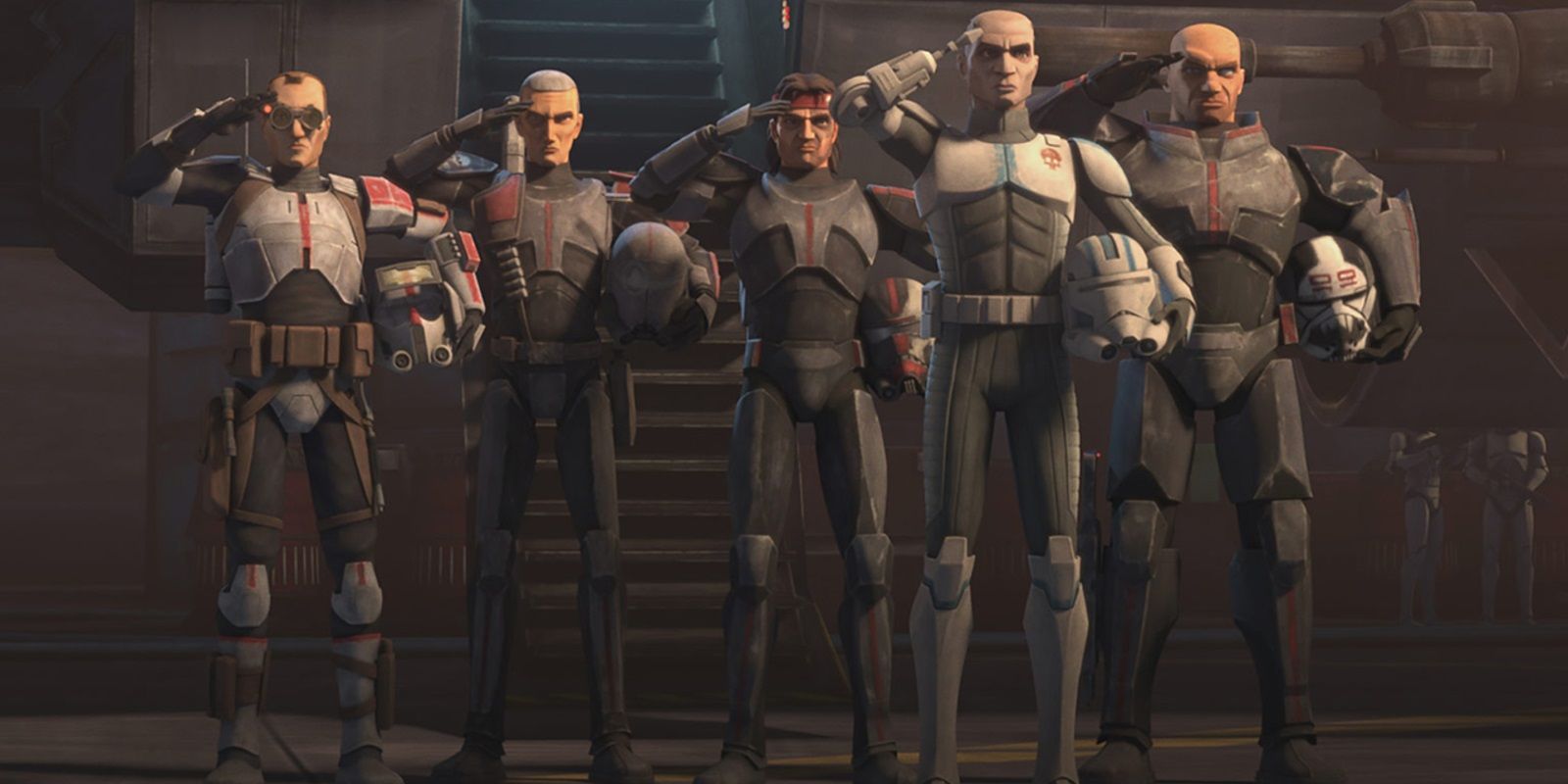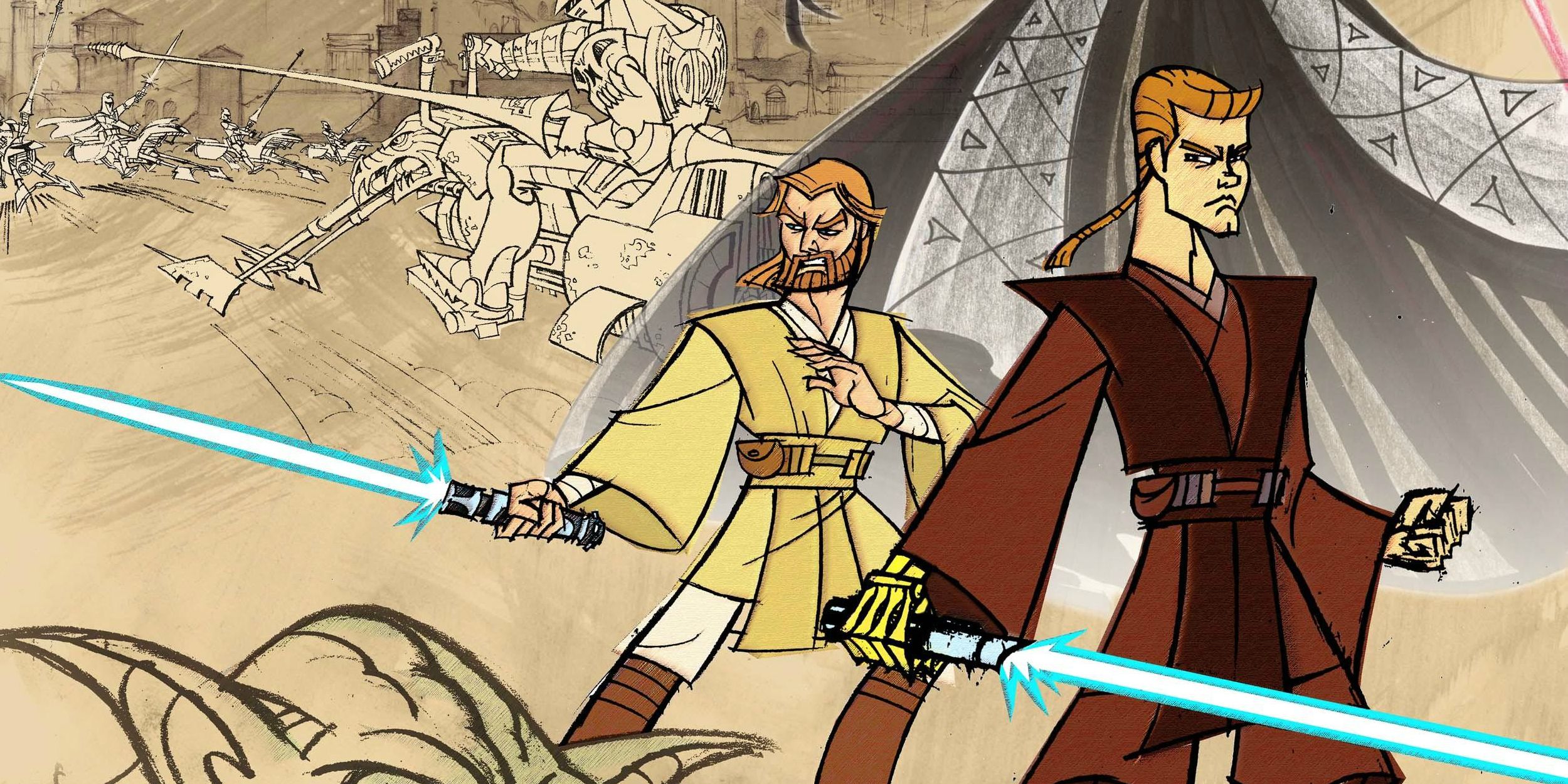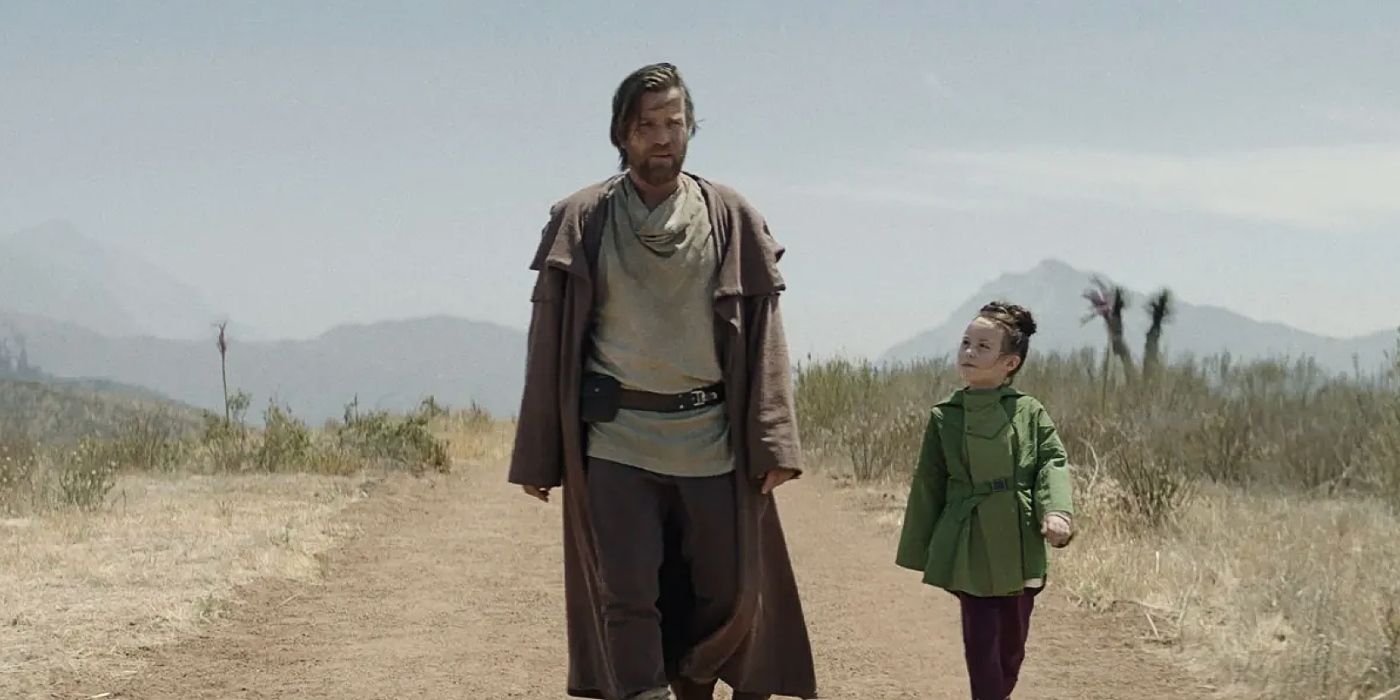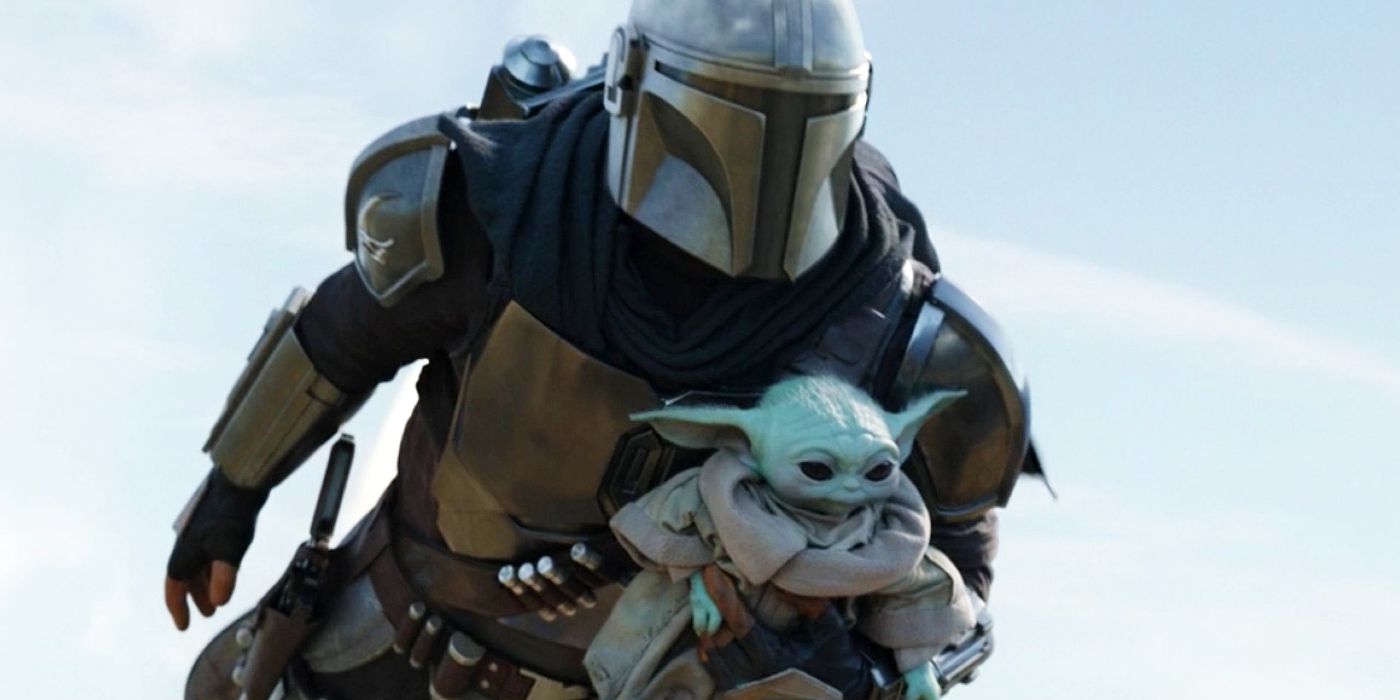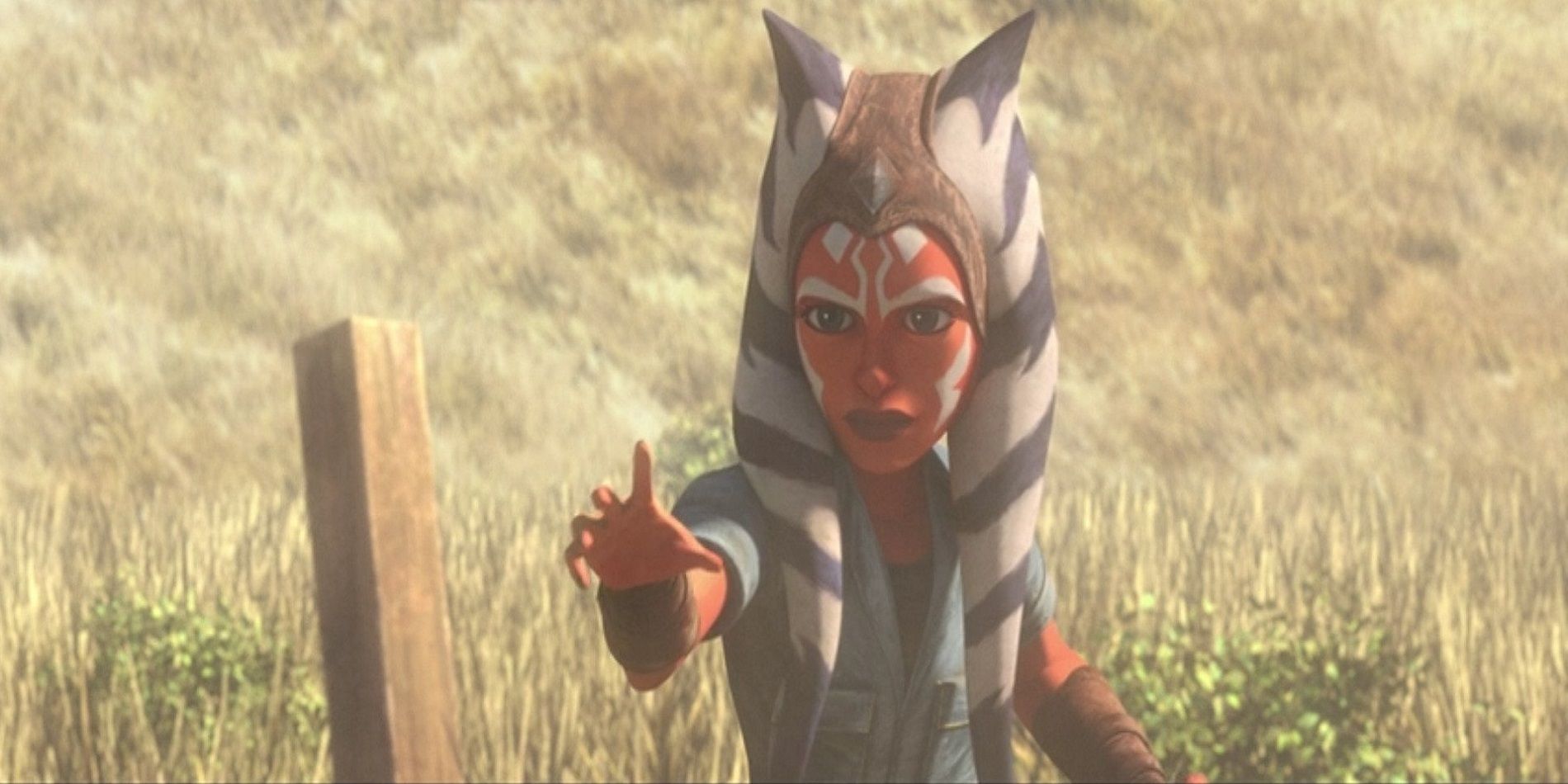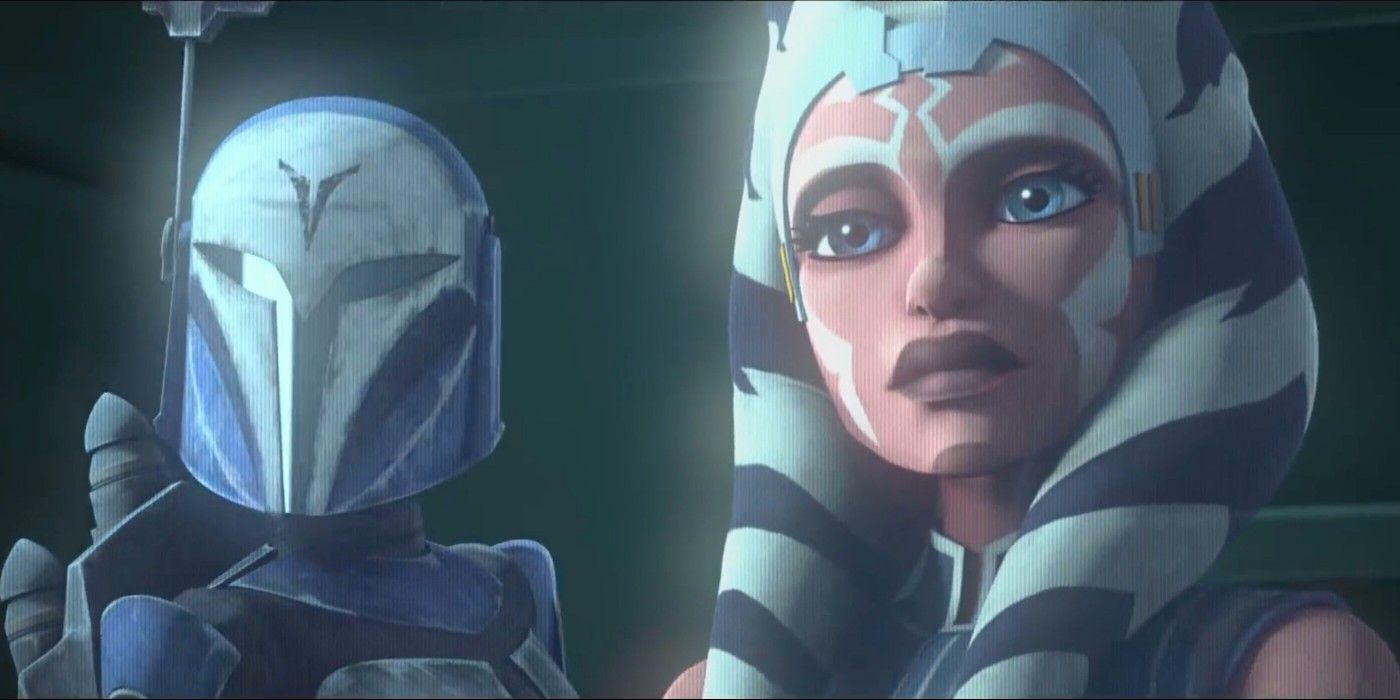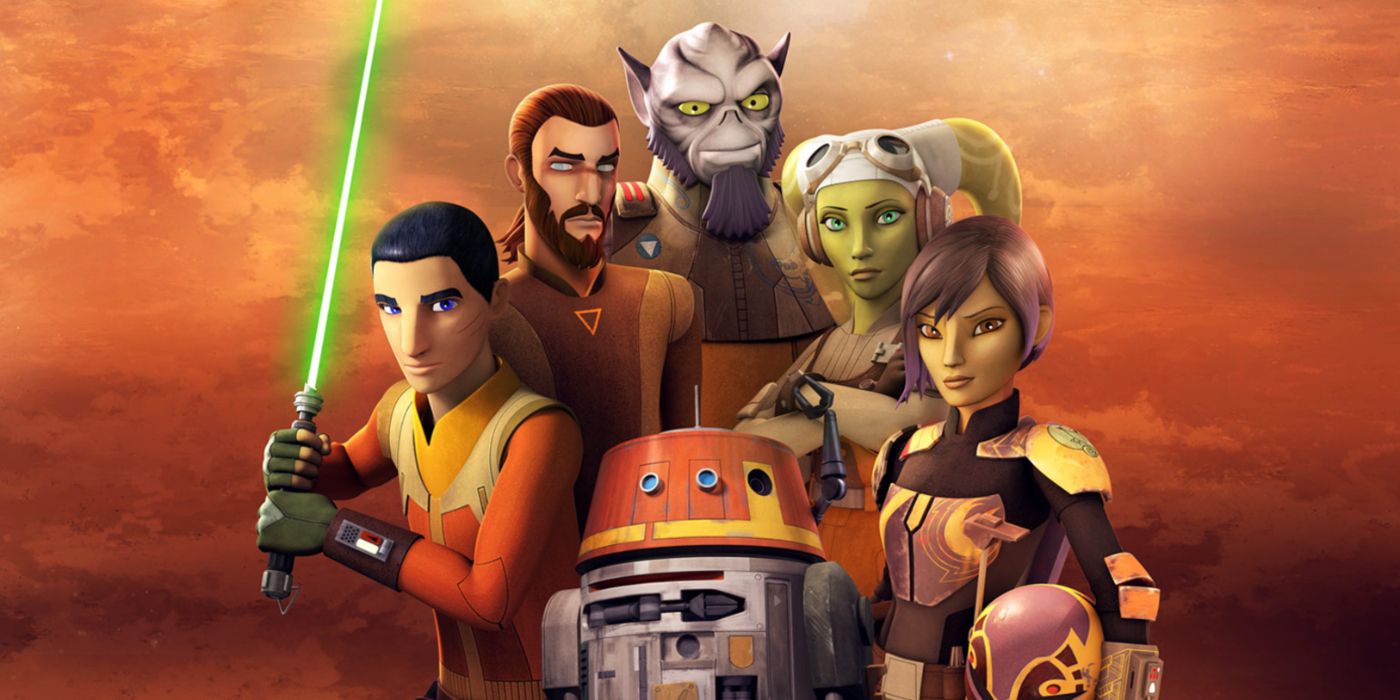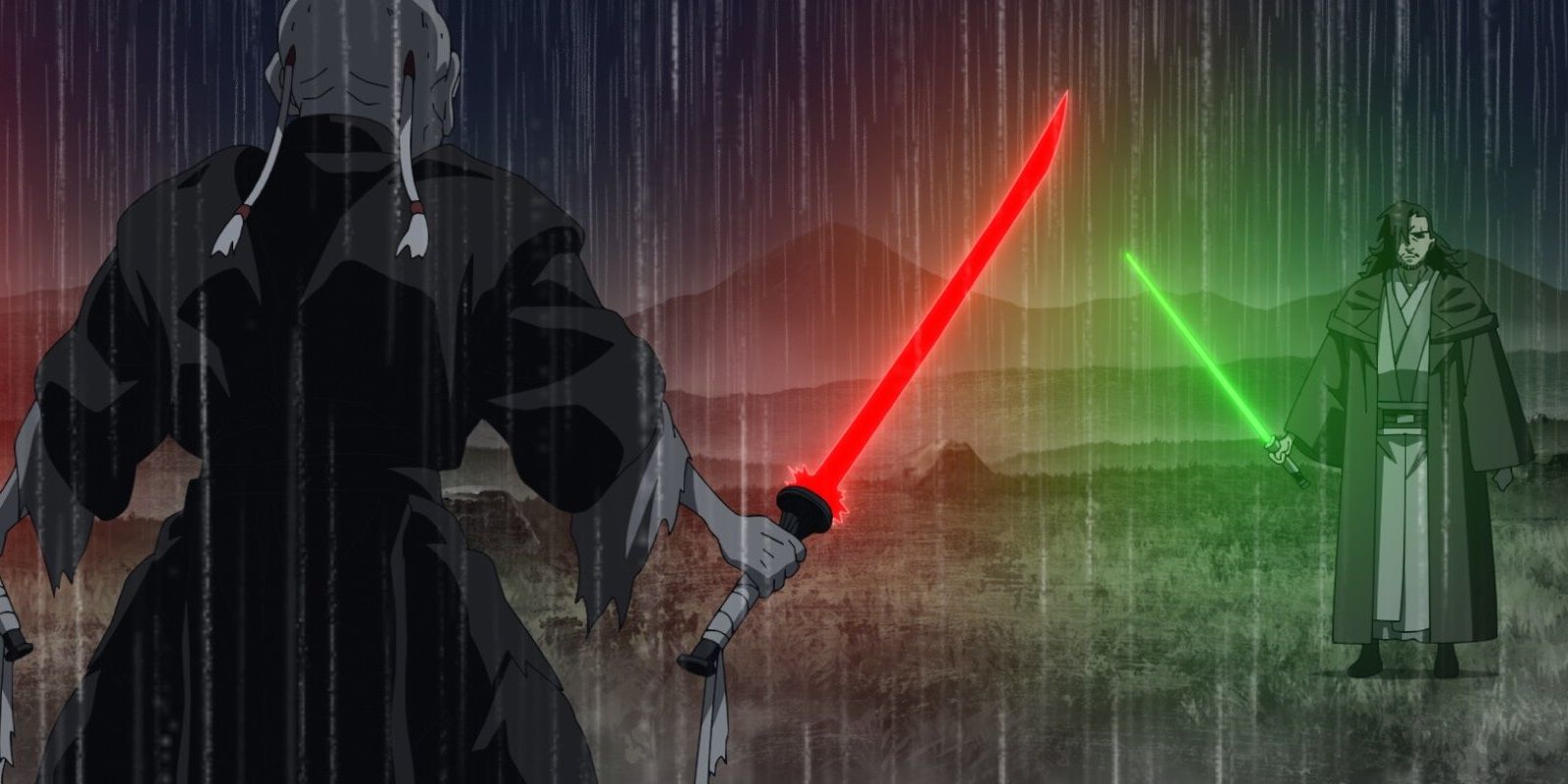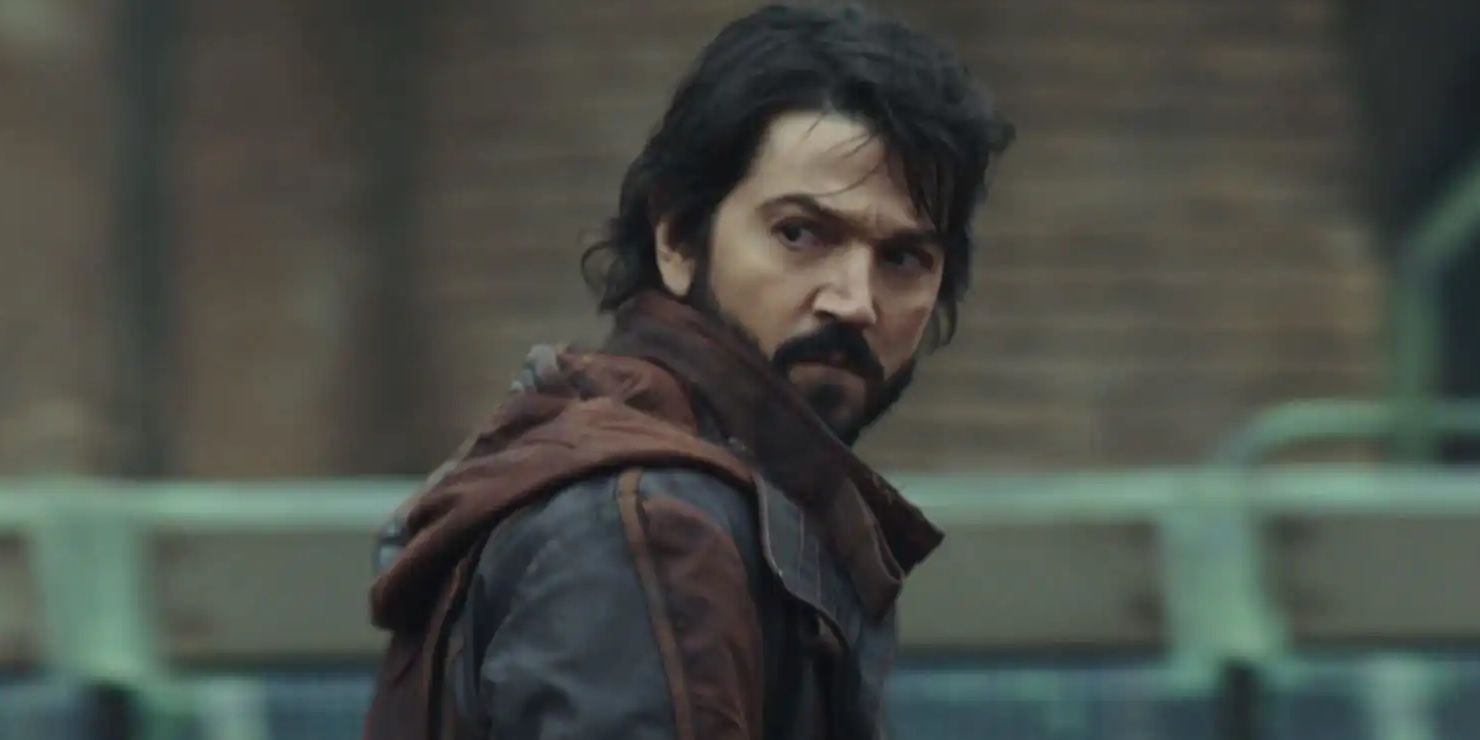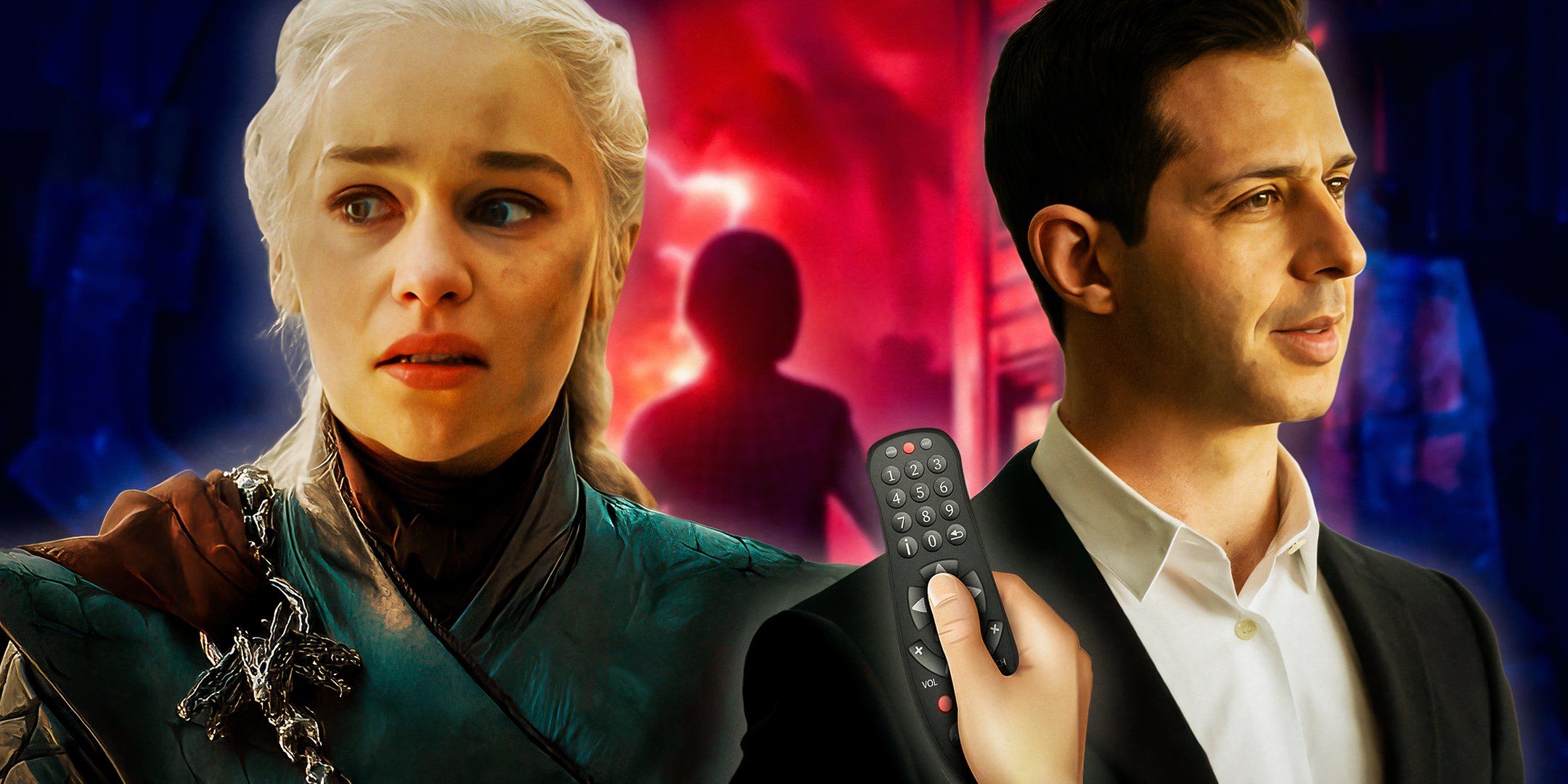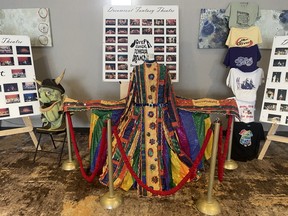Every Star Wars TV Show Ranked From Worst To Best
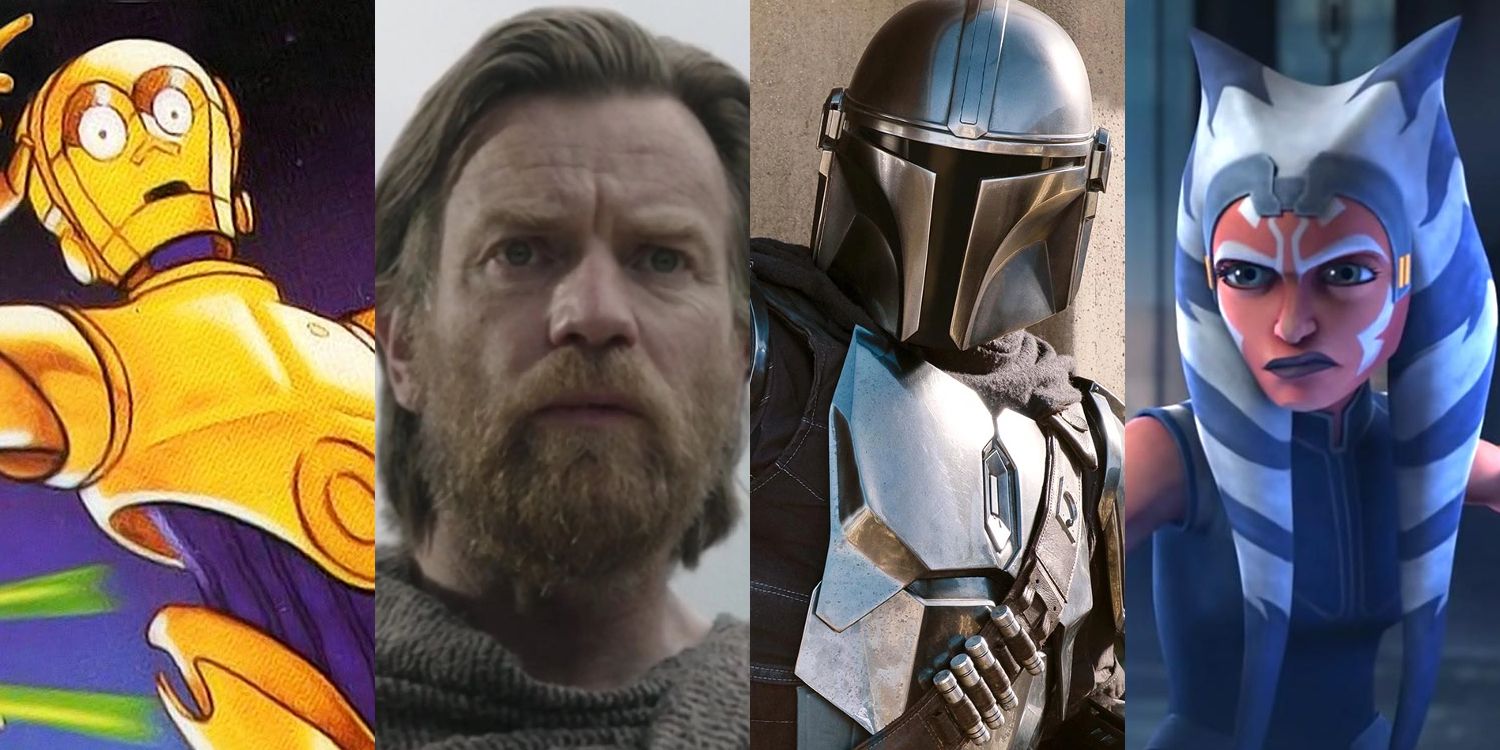
Table of Contents
With the modern explosion of content on Disney+, it’s easy to forget that there have been Star Wars TV shows since 1985. George Lucas always knew he was building something far bigger than a film franchise. The first Star Wars tie-in novel, Alan Dean Foster’s Splinter of the Mind’s Eye, was published in 1978 – before the release of The Empire Strikes Back. When Lucas wrapped up the original trilogy with 1983’s Return of the Jedi, his attention initially turned to the small screen, where he continued to license stories set in a galaxy far, far away.
Disney has evolved Star Wars into a trailblazing transmedia franchise; the films have essentially been on hiatus since the end of the sequel trilogy, but the saga continues in high-profile Disney+ TV shows. These have had an unprecedented cultural impact, ensuring Star Wars remains a vital part of popular culture. Every TV show stands apart from the others on a stylistic and thematic level, ensuring they all have value. Still, for all that’s the case, it’s fascinating to compare the various Star Wars TV series, a comparison that offers a window into the evolving nature of the franchise. Here are all the Star Wars TV shows to date, ranked from worst to best.
Ewoks
The Star Wars franchise initially seemed to be over after Return of the Jedi. Then, in 1984, viewers tuned in to watch a family-friendly feature-length adventure starring the Ewoks. Lucas believed Star Wars was principally aimed at children, and the Ewoks – never named in the Skywalker saga – were created to appeal to kids. The film sired an animated TV series by Nelvana, the animation house behind the Care Bears. Ewoks is an odd show, not even marketed using the Star Wars brand, and it always sat uncomfortably with the lore. The quality of character designs and animation visibly declines as Ewoks continues, although season 2 feels better-written than the first. The final episode twists away into standard Star Wars, with the Empire arriving on Endor to steal Ewoks‘ MacGuffin, the mystical Sunstar. It feels as though Ewoks suddenly remembered the galaxy it was supposed to be part of.
Star Wars: Droids
Ewoks may have forgotten it was part of the Star Wars galaxy, but its companion Star Wars: Droids was much more important to canon. Podracing plays a major part in the first arc, there’s a four-armed alien who feels as though he’s a proof of concept for Dexter Jettster in Star Wars: Episode II – Attack of the Clones, and even some of the planets are name-dropped in Lucas’ prequel trilogy. Modern viewers will be taken aback by the character of Kea Moll, who appears in the first episode and bears a striking resemblance to Rey; later, there’s a space pirate with the name “Kybo Ren.” Viewers can check out Star Wars: Droids on Disney+, with the House of Mouse making a Star Wars show available that, for years, had been almost impossible to watch. It’s a fascinating glimpse into the evolution of Star Wars, and it may well have had more of an impact on the franchise’s evolution than it seems at first glance.
Star Wars: Resistance
A TV series set far later in the Star Wars timeline, Star Wars Resistance explores the battle against the First Order during the sequel era. Targeted at a younger audience, there were times when it nevertheless seemed to add something of real value to the ongoing narrative – explaining the swift advance of the First Order, for example, or trying to encourage viewers to care about Hosnian Prime, the planet destroyed in Star Wars: The Force Awakens. But it was undermined by an inconsistent narrative, and sadly it really didn’t feel as though Lucasfilm cared too much about this spinoff in the Skywalker saga – likely because Lucasfilm kept changing their plans for the sequels, so it would have been impossible to tie Star Wars Resistance into the story. This particular transmedia experiment unfortunately failed.
The Book of Boba Fett
Boba Fett survived the Sarlacc, and the gun-for-hire became star of his own Disney+ TV show set after the events of Return of the Jedi. The Book of Boba Fett is another odd series, with the first few episodes dividing their time between a story in which Boba Fett becomes a Tatooine crime boss and flashbacks explaining why he’s become so different. The fundamental problem, though, is that it fails to make this new status quo particularly gripping; in fact, by the end of the series, it’s really not clear what Boba Fett even does as a crime boss. Even the show’s writers seem to lose interest in their reinvention of Boba Fett, pivoting away from him and essentially turning the last three episodes into The Mandalorian season 2.5. There does feel like potential, but The Book of Boba Fett fails to realize it.
Star Wars: The Bad Batch
There’s a sense in which it feels unfair to rank Star Wars: The Bad Batch at this point. Starring Clone Force 99, a group of mutant clones created by the Kaminoans, it is set immediately after the events of Star Wars: Episode III – Revenge of the Sith. This group of clones refused to comply with Order 66, and they’re on the run from the Empire. The first season struggled to establish its characters, and it’s still unclear what creative vision lies behind Star Wars: The Bad Batch; are they Star Wars‘ version of the A-Team, or do they have a major part to play in the evolution of the galaxy? Season 2 will release in January 2023, hopefully establishing a stronger identity and fleshing out its characters.
Genndy Tartakovsky’s Star Wars: Clone Wars
It’s difficult to place Genndy Tartakovsky’s Star Wars: Clone Wars in.any ranking like this, because the Emmy award-winning animated series is so good – and yet its cultural impact has become sadly muted over time, simply because it was rendered non-canon long before Lucasfilm was acquired by Disney in 2012. Inspired by Japanese animation, Star Wars: Clone Wars is a swashbuckling adventure in which the Jedi lead from the front in the battle against Count Dooku and his Separatists. The villains are tremendous, with General Grievous feeling like a genuine threat to the Jedi, while the heroes’ struggle to maintain balance even in a time of conflict feels tremendously powerful. Many fans suggest this should be seen as in-universe pro-Republic propaganda, a smart way of giving Star Wars: Clone Wars continuing relevance.
Obi-Wan Kenobi
Featuring the return of Hayden Christensen and Ewan McGregor, the Obi-Wan Kenobi Disney+ TV show should have been one of the biggest event series in the history of Star Wars. To be fair, it’s compellingly written, with some fascinating ideas in play and a standout young Leia Organa. It also occupies a unique space, because it’s cleverly positioned so it can be considered part of the old Expanded Universe timeline as easily as it stands in the modern Disney canon. The problem, though, is that Obi-Wan Kenobi feels as though it had too much potential, meaning it was doomed to disappoint. CG, sets, and costumes look surprisingly cheap, and the final confrontation between Obi-Wan and Darth Vader is murky and difficult to follow. There are rumors Disney is working on Obi-Wan Kenobi season 2, which will hopefully redress some of these problems.
The Mandalorian
It’s impossible to overstate the importance of The Mandalorian for the evolution of Star Wars. The Mandalorian was a huge success for Disney+, with the first episode premiering alongside the release of the entire streaming platform; Lucasfilm had managed to keep Baby Yoda (now known as Grogu) a secret, meaning the first live-action Star Wars TV series immediately went viral. The first season of The Mandalorian was an absolute hit, justifiably so, with strong and compelling character arcs. Season 2 lost momentum to fan-service, however, which is why the show doesn’t rank higher on this list. Lucasfilm’s strange decision to continue Din Djarin and Grogu’s arcs in The Book of Boba Fett will mean this show feels oddly disjointed after the release of season 3, because those few episodes upended the new status quo.
Star Wars: Tales Of The Jedi
The Star Wars: Tales of the Jedi series hopefully shows the future of the franchise’s animations. The series of shorts focus on key moments in the lives of two characters; they tell the story of Dooku’s fall to the dark side, and add more depth and detail to Anakin Skywalker’s Padawan, Ahsoka Tano. They aren’t without their problems; several details sit uncomfortably with established canon, reinforcing the sense that Lucasfilm Television is a law unto itself rather than a key player in a transmedia story, and the final episode erases an important LGBTQI+ character from E.K. Johnston’s novel Ahsoka. Still, they’re tremendously effective and beautifully animated, with sharp and concise storytelling.
Star Wars: The Clone Wars
Created by George Lucas and Dave Filoni, Star Wars: The Clone Wars is set between the events of Star Wars: Episode II – Attack of the Clones and Star Wars: Episode III – Revenge of the Sith. It’s one of the most popular and beloved Star Wars TV shows, and for good reason, featuring tremendous character arcs and intriguing narratives. Animation is inconsistent, and Star Wars: The Clone Wars initially hops around the timeline with impunity, making some narratives difficult to follow. Disney canceled Star Wars: The Clone Wars after they acquired Lucasfilm, but they clearly came to regret this decision. Star Wars: The Clone Wars season 7 released on Disney+, with the final episodes set at the same time as Anakin’s fall to the dark side. Season 7 is widely considered some of the best Star Wars to date.
Star Wars Rebels
Fans of Star Wars animation are divided in the best way over Star Wars: The Clone Wars and Star Wars Rebels; there’s intense debate over which is better. Set during the Dark Times of the Empire’s reign, this stars a ragtag group (including a former Jedi and, later, Ahsoka Tano) who struggle to stand for the light. Threats escalate, with Inquisitors pursuing the Jedi and Darth Vader himself turning up to confront his former Padawan. This ranking places Star Wars Rebels above Star Wars: The Clone Wars, simply because showrunner Dave Filoni has learned lessons from the previous show, and the storytelling is so much more confident. Star Wars Rebels is notable for what is still the best episode of Star Wars animation to date, “Twin Suns,” the final duel between Obi-Wan Kenobi and Darth Maul on the desert sands of Tatooine.
Star Wars Visions
The first non-canon series released after Disney acquired Lucasfilm, Star Wars: Visions offers fantastic reinterpretations of the Skywalker saga. The anime-style animation is tremendous, the scripts are unforgettable, and there’s an odd sense in which Star Wars: Visions understands the Force better than most of the canon. Star Wars: Visions season 2 will go further, drawing on other animation styles to create yet more distinctive episodes. This serves as an important reminder that canonicity is not the same thing as quality, and that something good without depending on the franchise’s lore.
Andor
The best Star Wars TV show to date, however, is Andor. This live-action Disney+ TV series serves as a prequel to Rogue One: A Star Wars Story, explaining how Diego Luna’s Cassian Andor became part of the nascent Rebel Alliance. It’s surprisingly mature, a politically-aware exploration of the creeping nature of fascism, and season 1 placed themes and characterization above fan-service and Easter eggs. Andor has learned from Lucas’ prequel trilogy mistakes, somehow making politics in the Star Wars galaxy intense and evocative, and it features some of the best dialogue (and monologues) in the history of the franchise. Lucasfilm has already renewed Andor for a second season, which will run more quickly through Cassian Andor’s time in the Rebel Alliance, even as the Empire prepares to unleash the Death Star. Hopefully Andor has set a new pattern for Star Wars going forward, with more mature content mixed with all-ages family shows.

